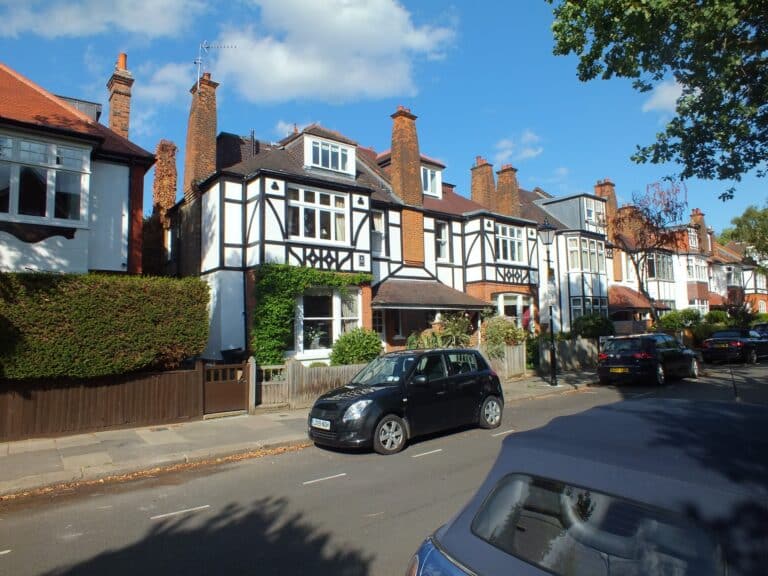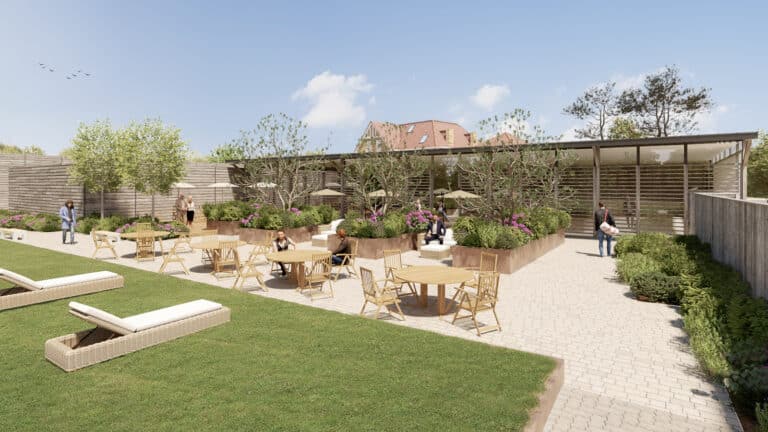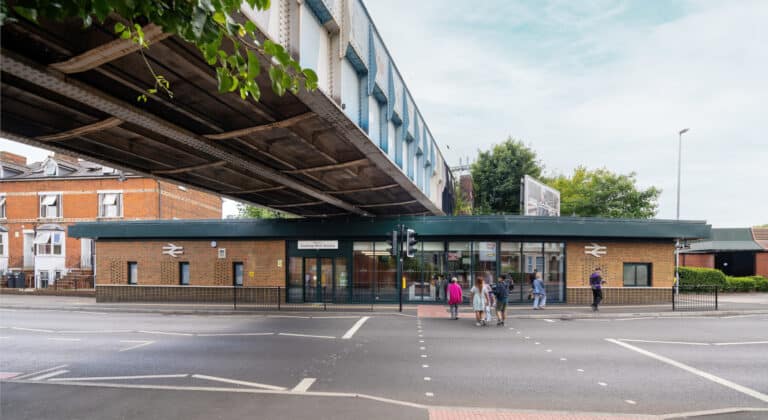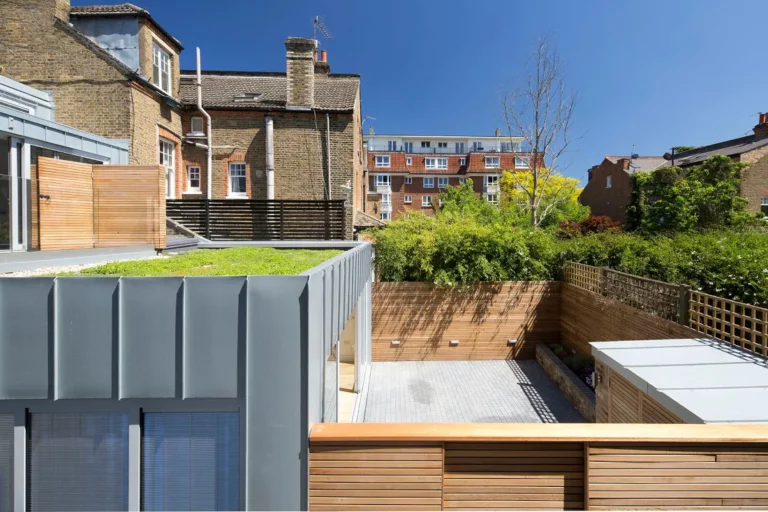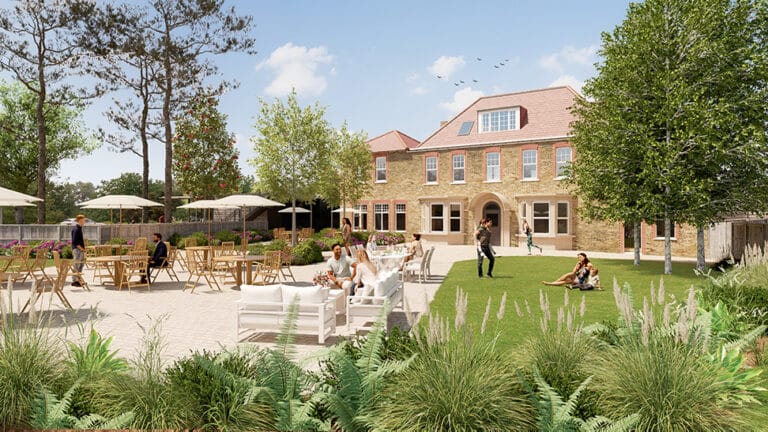Great news from the Mayor of London small publicly owned sites, many owned by Transport for London (TFL) will be brought forward to help increase the supply of new homes.
The key thing will be to get the balance right between the numbers of affordable housing and owner occupier housing so developers, builders and homeowners can still make a profit commensurate with their risk.
Of course it would be ideal if larger sized tracts of publicly owned land could also be divided up into smaller units to further boost the small housebuilding sector but perhaps this is for the future?
The art of subdivision seems to be one of the least discussed and understood aspects of development and yet how land is partitioned off determines the typology (type) of houses, their scale and the texture of a development.
London was built with a very strong plot layout with terraced houses by previous generations. For example in Bedford Square there are small plots that supported the development of the terraces which in turn form a unified composition at the scale of the block. There is also clear differentiation between public space (the sidewalk) and the private space of the house and front yard. By breaking the city down into small plots there is potential for multiple interactions between the house and the street.
The plot is the smallest unit of mixed use and therefore the most achievable unit of delivery however the lot is used as the basic unit of development. The lot could be 15x15m and this can be divided into two plots of 7.5m wide each or 3 plots of 5m wide each.
The block is the assembly of a number of plots and provides an essential ordering device or coherent framework for districts, neighbourhoods and quarters…… get the subdivision of land wrong and the architecture, streets, parks, squares that create a city will not hang together.
Let’s applaud this new development from the Mayor as a possible change in policy where small players such as builders and boutique developers in the our city are able to develop land that has been subdivided into smaller development parcels….
…..what the public sector needs to do is employ intelligent masterplanners who understand how to subdivide land to help support a new London typology rather than models imported from elsewhere on the planet.


